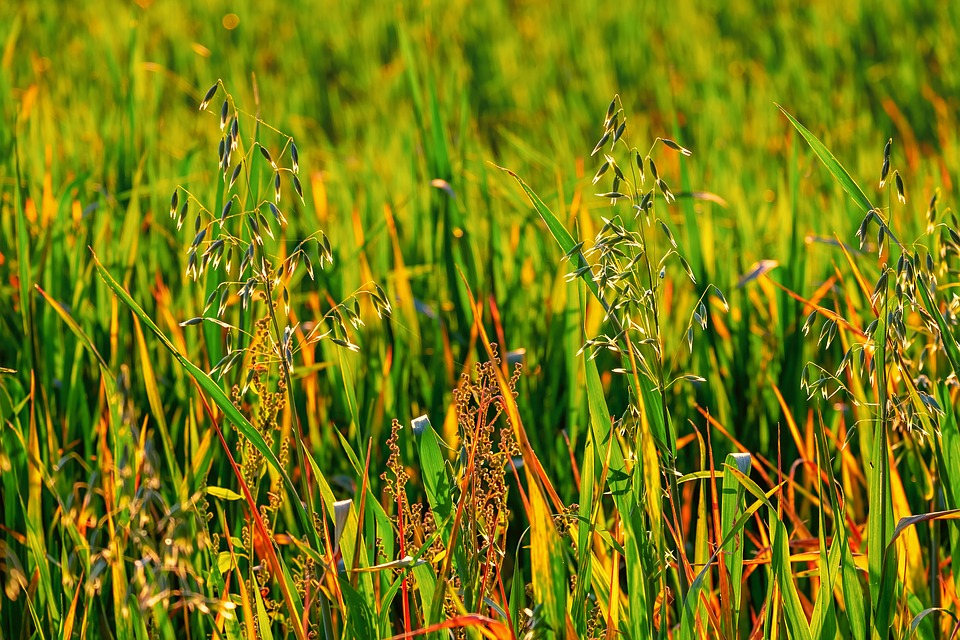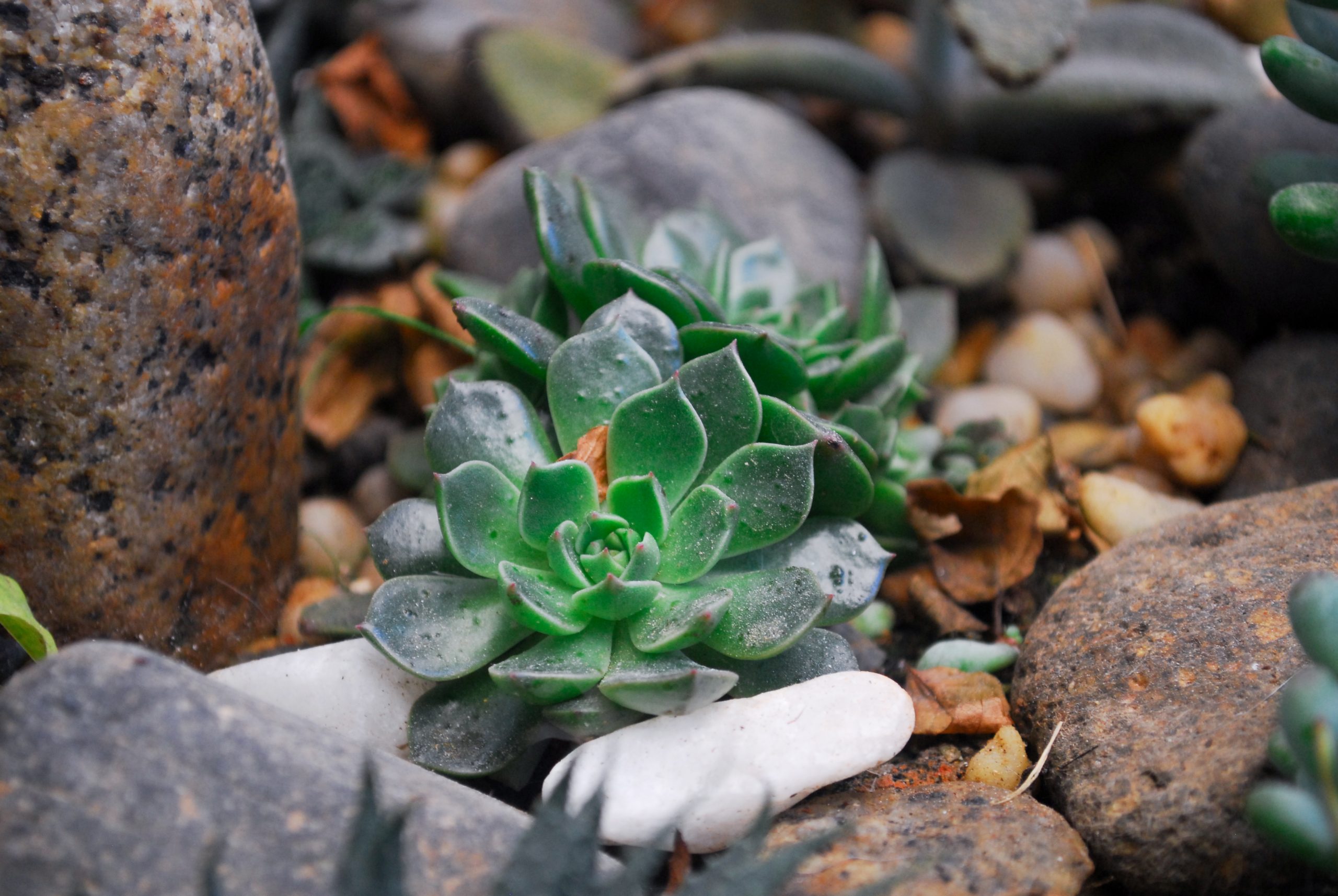Many wild plants are harmless and bring diversity to the backyard. However, wild plants become weeds when they are harmful to other plants, garden organisms, or humans. They suppress other crops, use up crop nutrients and water supplies, and affect yields. Toxic non-native species and garden plants that spread noxiously in one’s garden should permanently be removed from the yard. Here are some tips to help you do so!
Grow Different Plant Species at Appropriate Distances
They effectively fill the soil surface, leaving no room for weeds. They suppress weeds, attract pollinators to the garden and are also beautiful when in bloom. Good crop rotation keeps weeds in the vegetable garden. Learn to recognize the most common weeds.
Annual and Perennial Weeds Are Controlled in the Summer Before They Bloom
Annual weeds die in the fall, but their seeds survive into the winter. There is a seed bank of annual and perennial weeds. When the soil is turned over or ploughed, the seeds come to the surface and germinate. Weeds also appear in empty spots in the garden throughout the summer into the fall.
Cover the Soil With Organic Cover
De-moss or cut the plant from the border before seed formation occurs. Remove weeds by hand, dig up perennial roots with a hoe. A small area of weeds can be covered with an opaque cover for 1-2 years. For example, a thick layer of leaves, straw or shredded plants can be used as a cover. The ground can also be covered with an old rag, cloth or plastic. Weeds that reach the ground will not receive light. Seedlings, and gradually the root system, die. Remove the remaining plants after removing the root cloth.

Perennial Weeds Are Controlled Before Planting
Common perennial weeds include ryegrass, widow’s leaf, goat snake, dandelion, runnerwort, valvatits, cardstock and weeds. Perennial weeds emerge from the ground from year to year, the above-ground parts dying off before winter, but the roots usually overwinter well. They reproduce both by the root system and by the seeds. Perennial weeds should be removed from the vegetable garden and planting site before beginning cultivation or planting. They suppress crops, use up nutrients and water resources, and affect the quality and quantity of produce. Choose the control method based on the number of weeds and the size of the area.
Dig the Weeds Out of the Roots
This is suitable for small areas and when there are few weeds. Turn the soil and dig out the weeds by the roots. Dry the roots in the sun or let them rot in a sealed plastic bag and then compost them. Repeat the roots each spring from the vegetable garden. Usually, the weeds disappear within 2-3 years.
Sow the Area With a Green Manure Crop
If the area is relatively large, the land needs improvement and has some weeds, sow the site in the spring with a mixture of green manures. Allow the green manure to grow throughout the summer and it will suppress weeds. Green manures also increase the organic matter in the soil and improve the growth quality of the land. As green manure, choose a mixture of fast-growing, strong green-producing, deep-rooting soil-forming and nitrogen-fixing plants. It is also good to have flowering plants for pollinators. Peas and beans are also harvested.
Set Aside and Sow a Green Manure Crop
If there are many perennial weeds in the field, this method of control is effective. The soil surface is ploughed over when the weed seedlings are about 10 cm long, about 2-3 times. However, due to erosion and loss of nutrients, the soil should not be kept bare for the entire growing season. Sow a green manure crop in the area. Soil cultivation and the covering green manure together ensure that the weeds are eradicated even during one summer. Sometimes it is necessary to renew control even the following summer.

If you’re still struggling with weeds and looking for professional weed killers, contact the team at LAND MANAGEMENT SYSTEMS. Not only do they offer expert weed killing services, but they also work swiftly while ensuring no disruption is made to your property!

